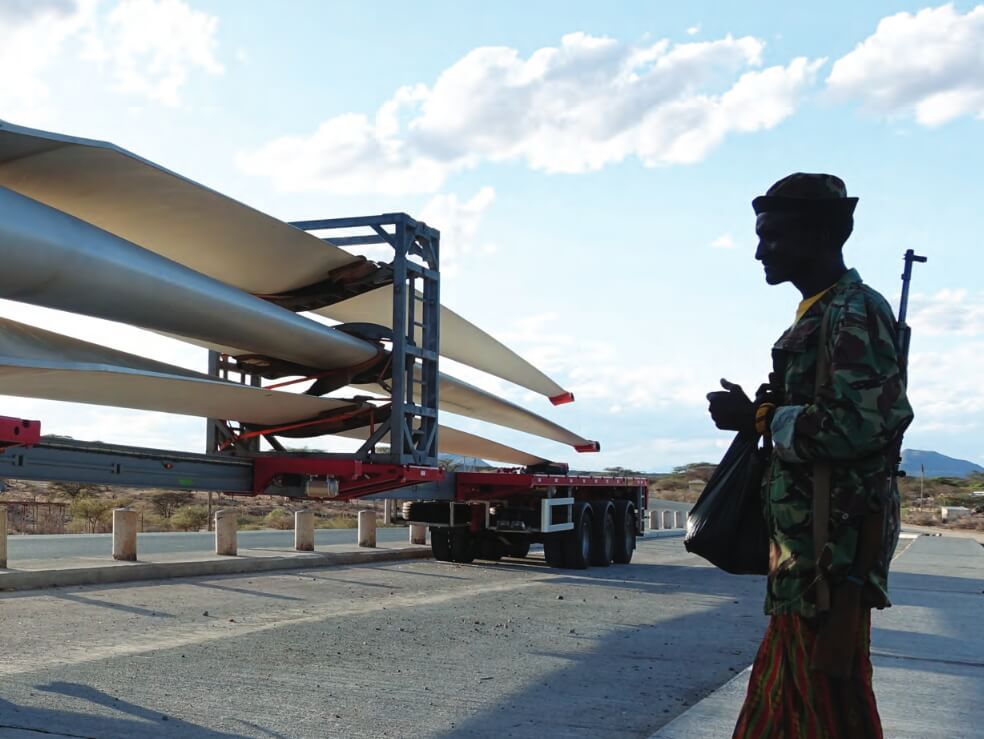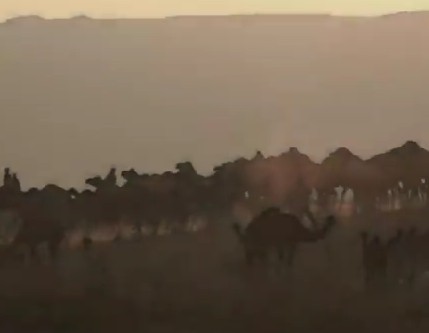 The Samburu are a pastoral nomadic tribe of over 150,000 people living in an arid, remote area of Northern Kenya. The name they use for themselves is Lokop or Loikop, a term which may have a variety of meanings which Samburu themselves do not agree on. Many assert that it refers to them as “owners of the land” (“lo” refers to ownership, “nkop” is land) though others present a very different interpretation of the term. The Samburu are cousins of well-known Southern Kenyan tribe Maasai and share the common language of Maa, though there are significant differences in dialect.
The Samburu are a pastoral nomadic tribe of over 150,000 people living in an arid, remote area of Northern Kenya. The name they use for themselves is Lokop or Loikop, a term which may have a variety of meanings which Samburu themselves do not agree on. Many assert that it refers to them as “owners of the land” (“lo” refers to ownership, “nkop” is land) though others present a very different interpretation of the term. The Samburu are cousins of well-known Southern Kenyan tribe Maasai and share the common language of Maa, though there are significant differences in dialect.
Traditionally the Samburu economy was purely pastoralist, striving to survive off the products of their herds of cows, goats, and for some, camels. However, the combination of a significant growth in population over the past 60 years and a decline in their cattle holdings as a result of climate change and theft (and confiscation), has forced them to seek other supplemental forms of livelihood. Some have attempted to grow crops, while many young men have migrated for at least short periods to cities to seek wage work. Many work in Kenya’s capital, Nairobi, as watchmen, while it is also popular to go to Kenya’s coastal resorts where some work; others sell spears and beaded ornaments.




